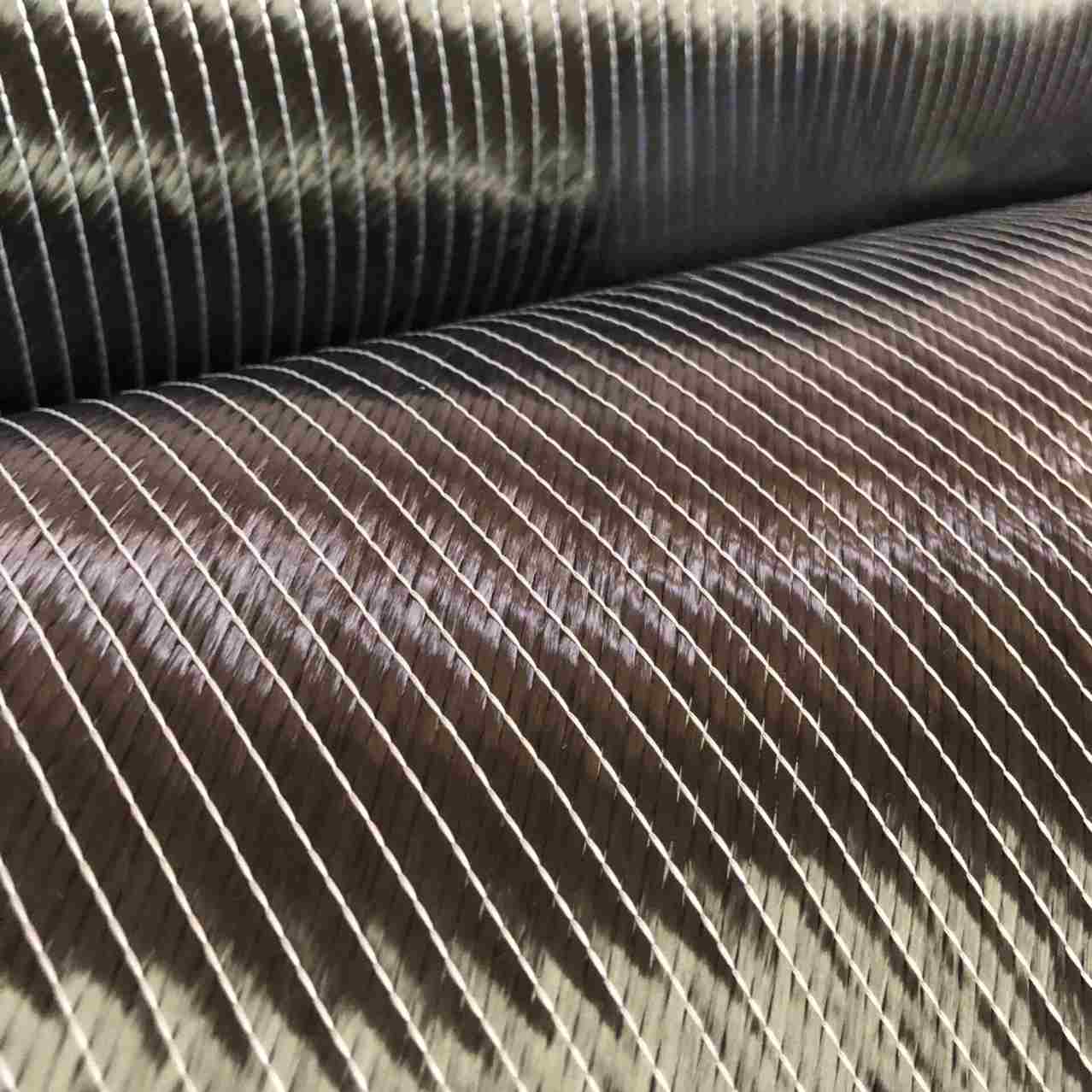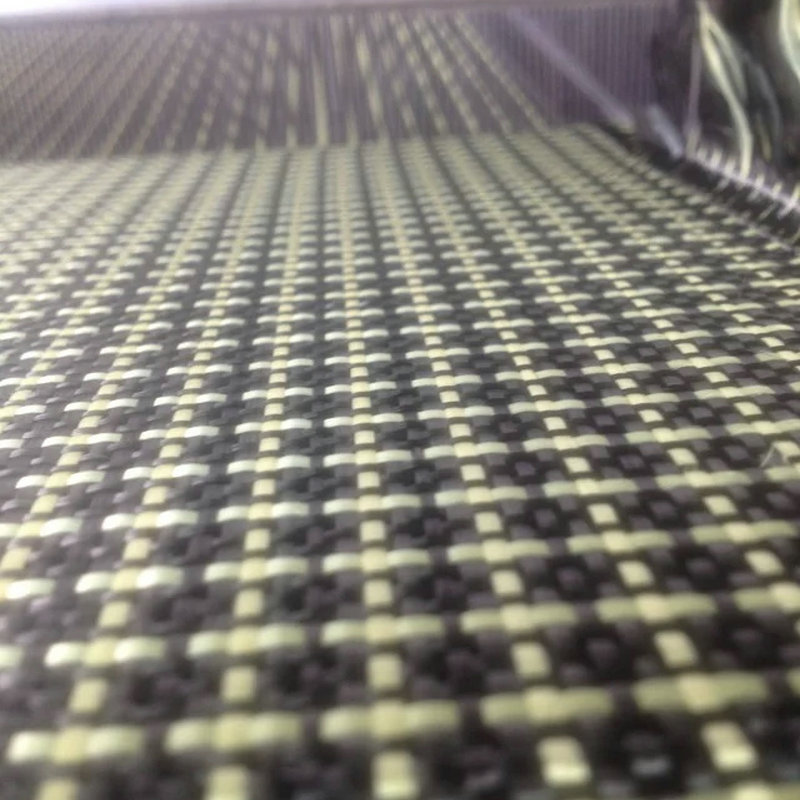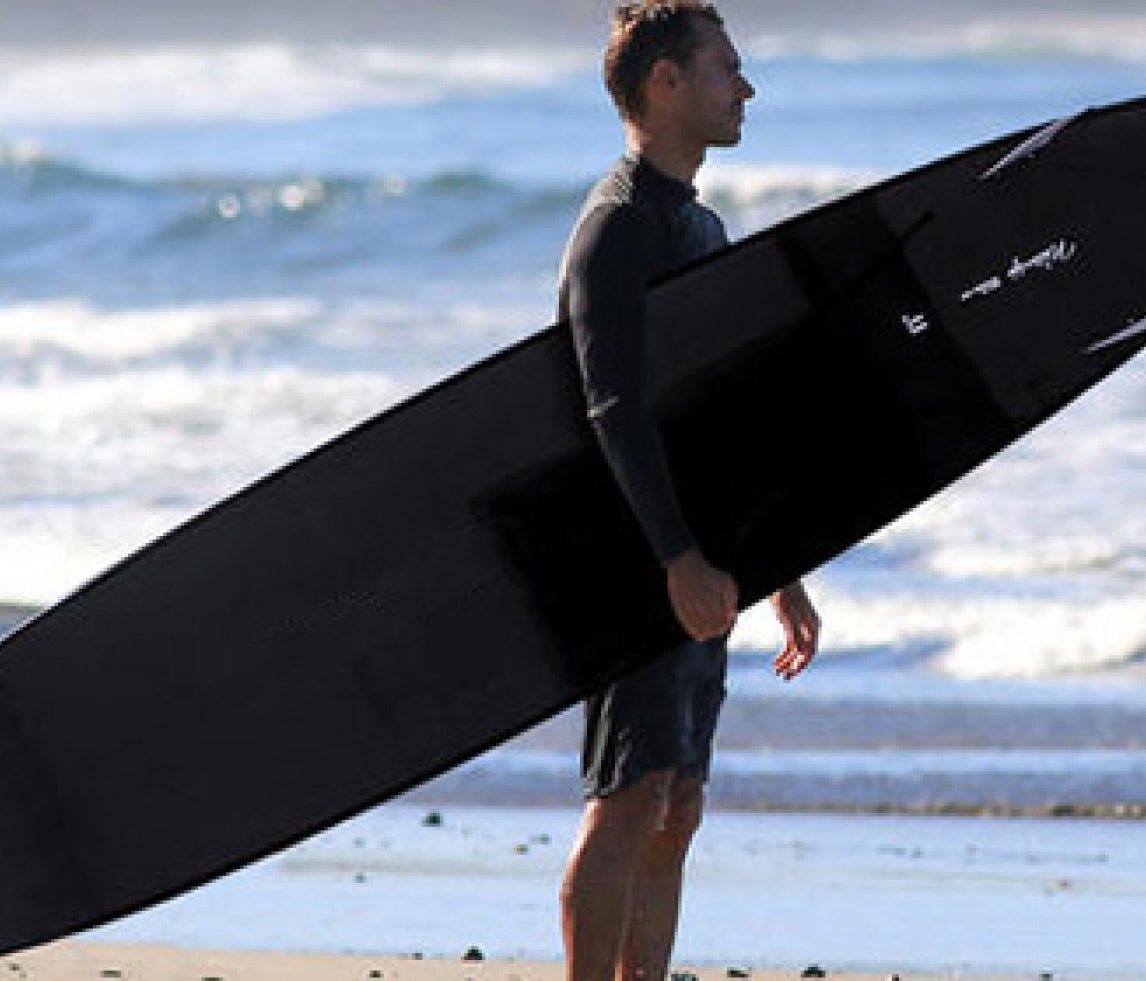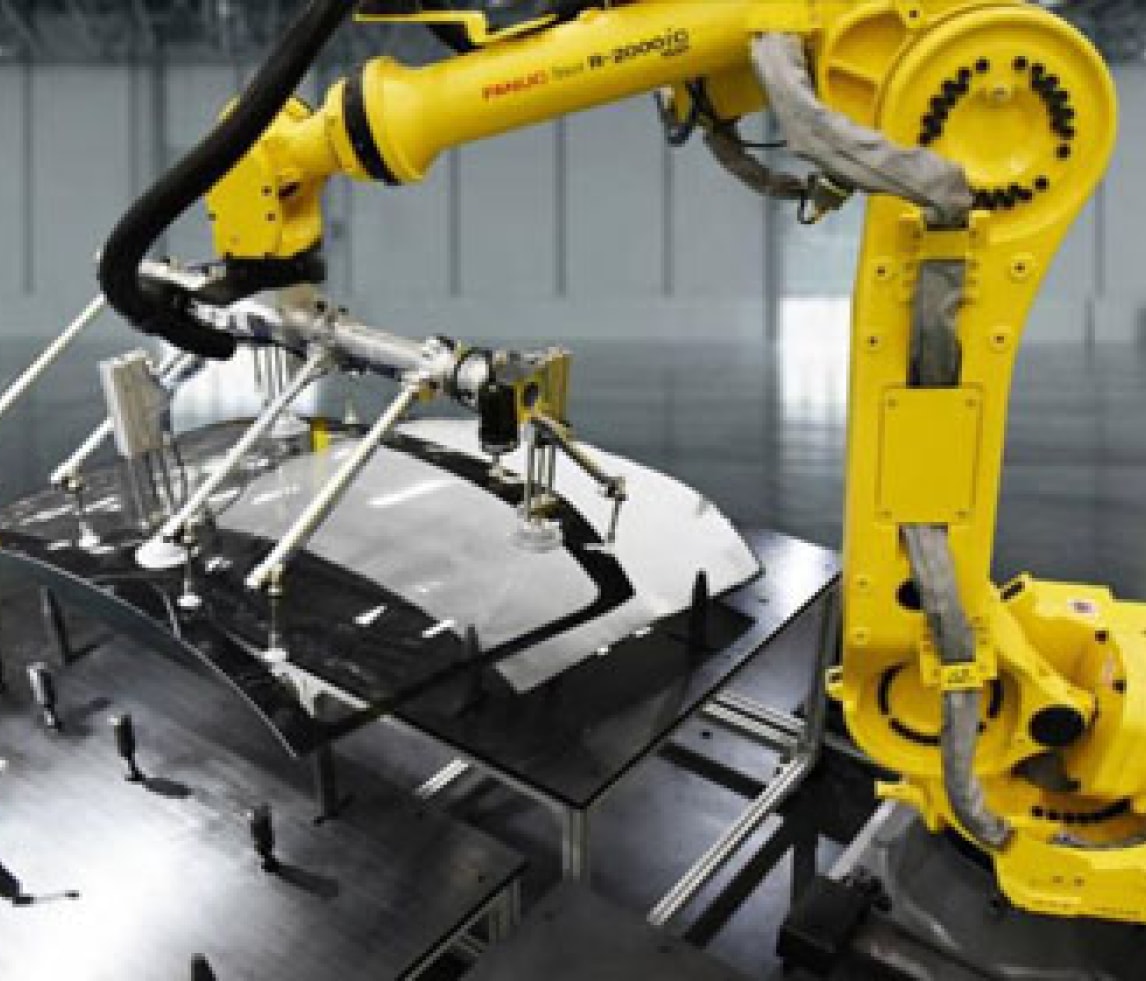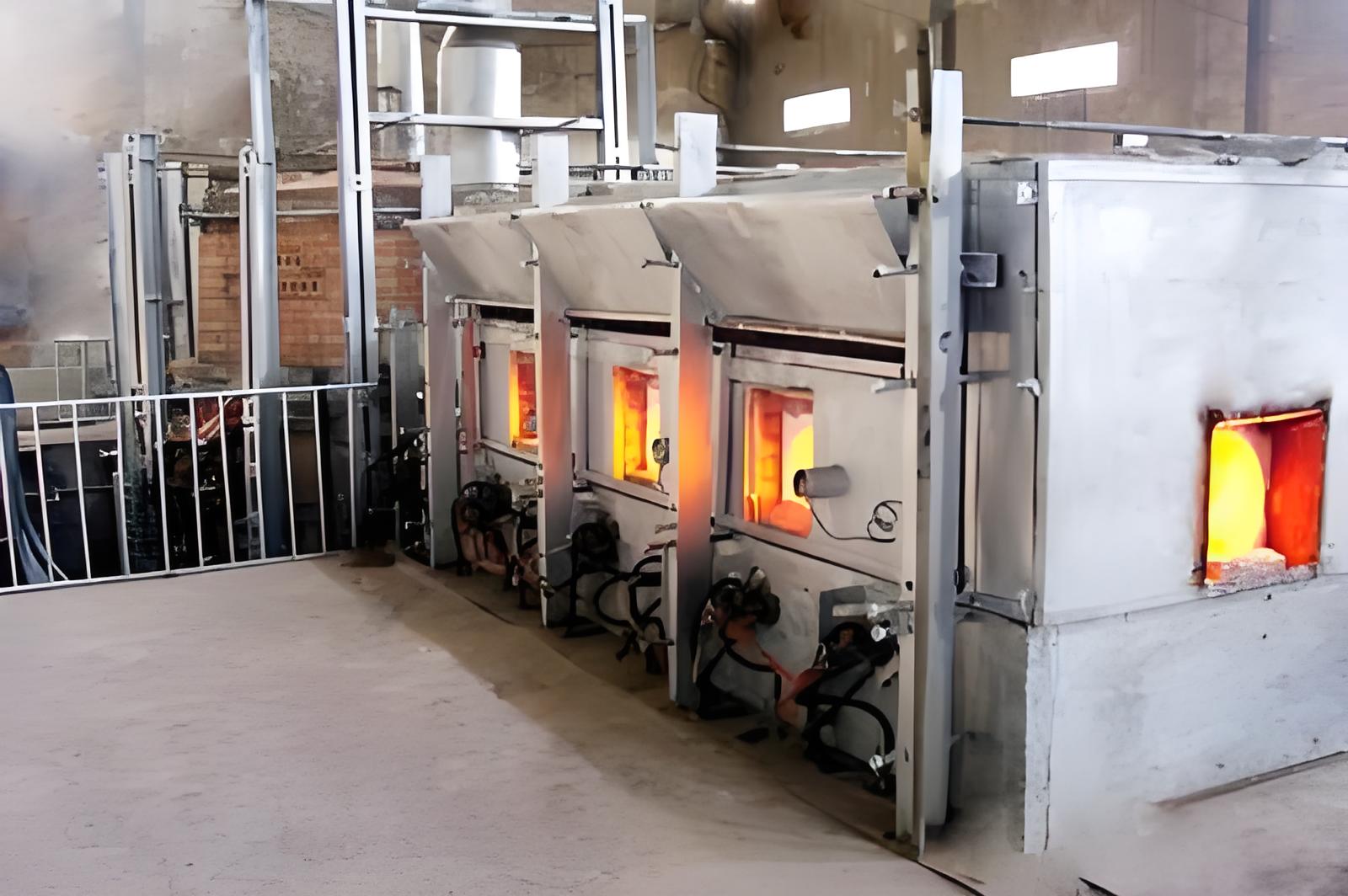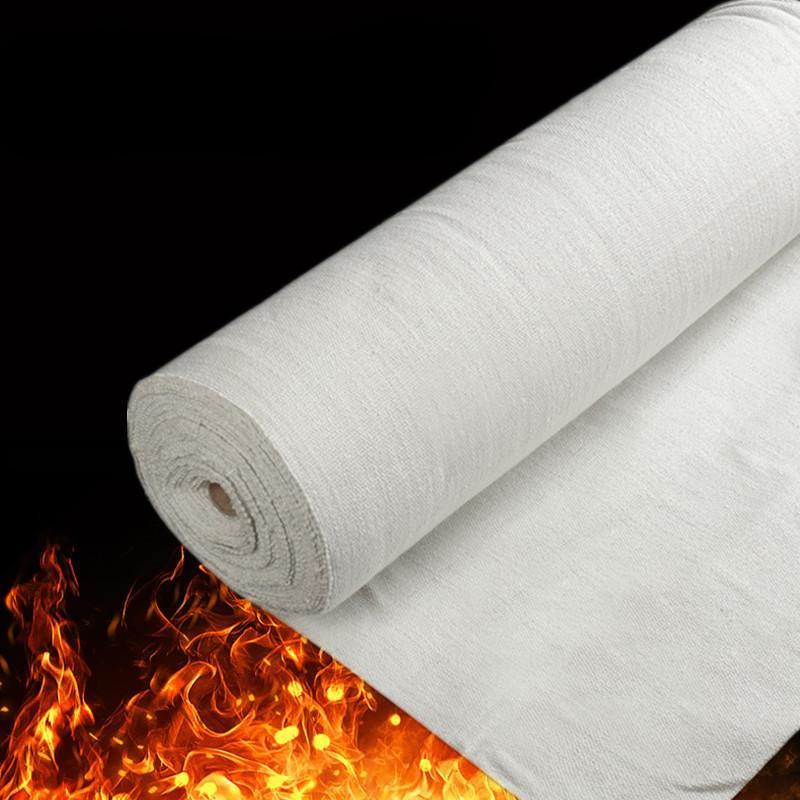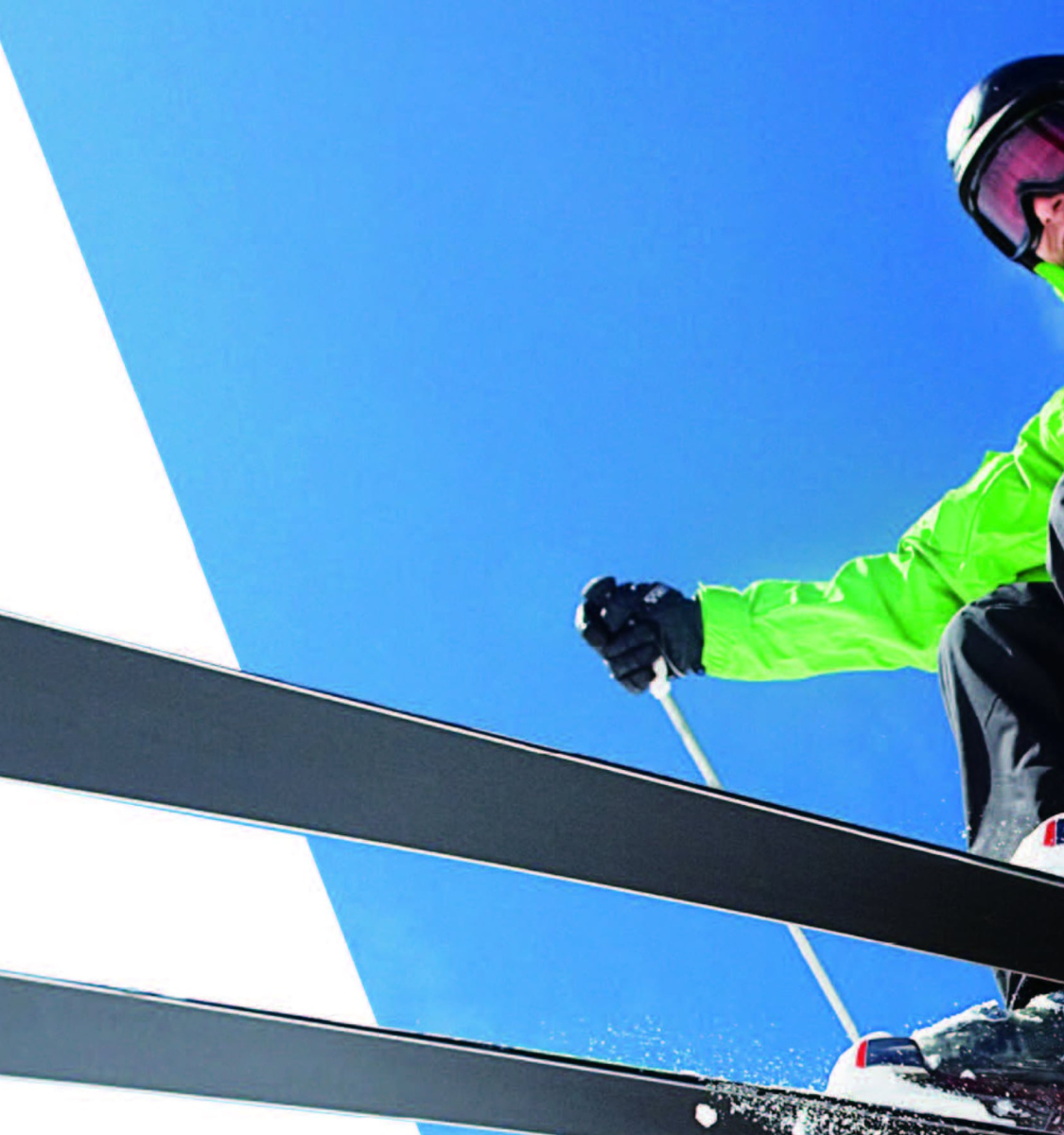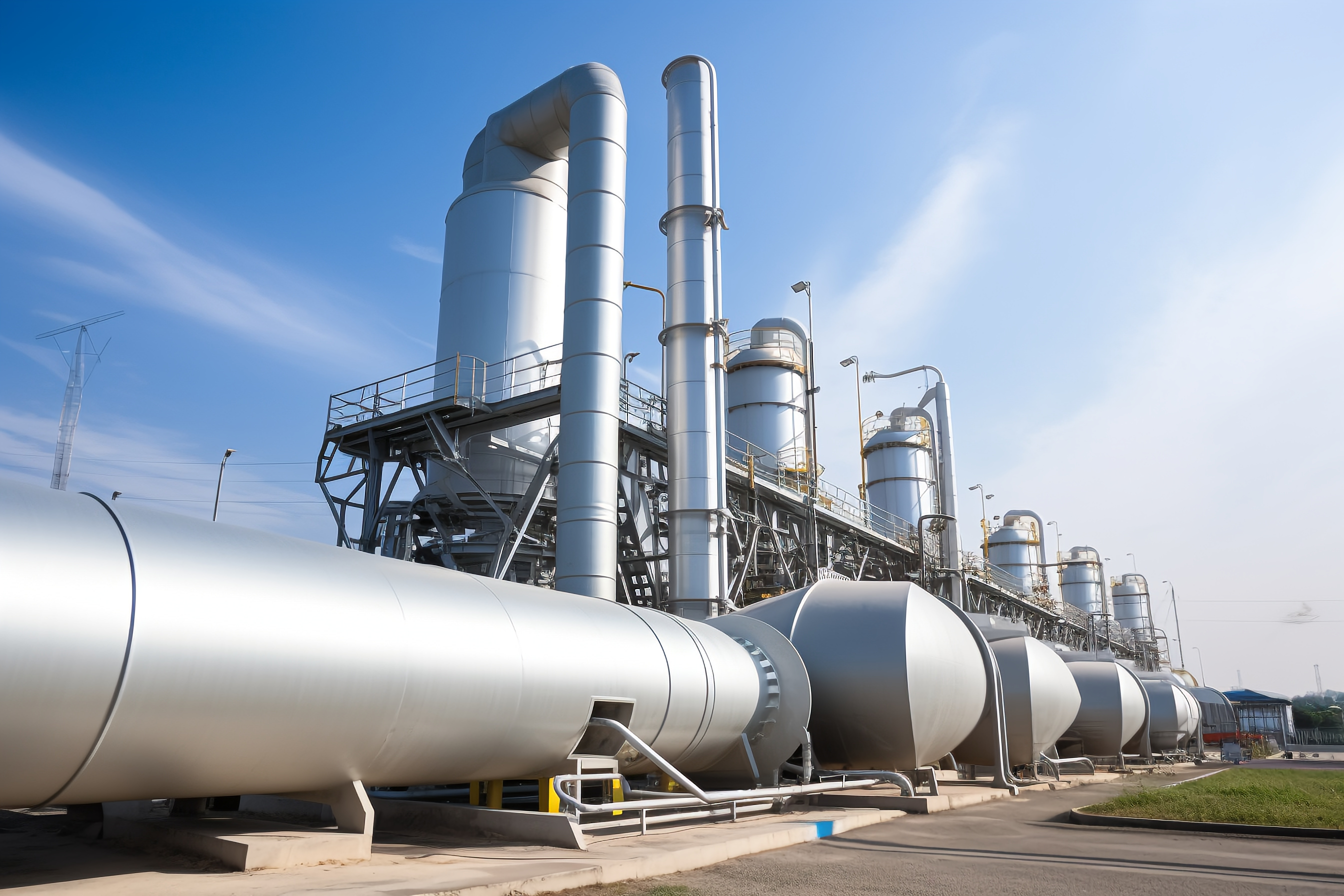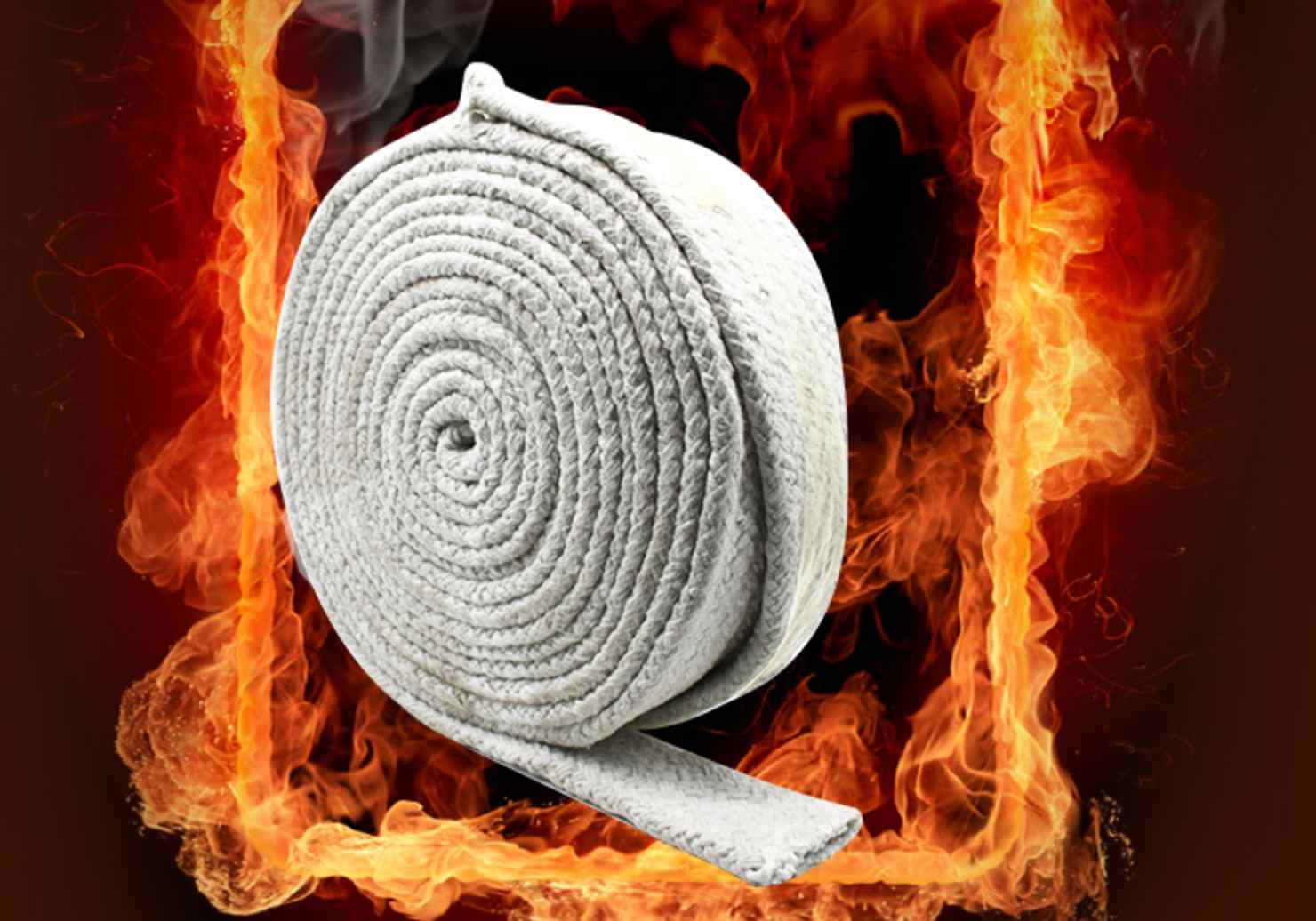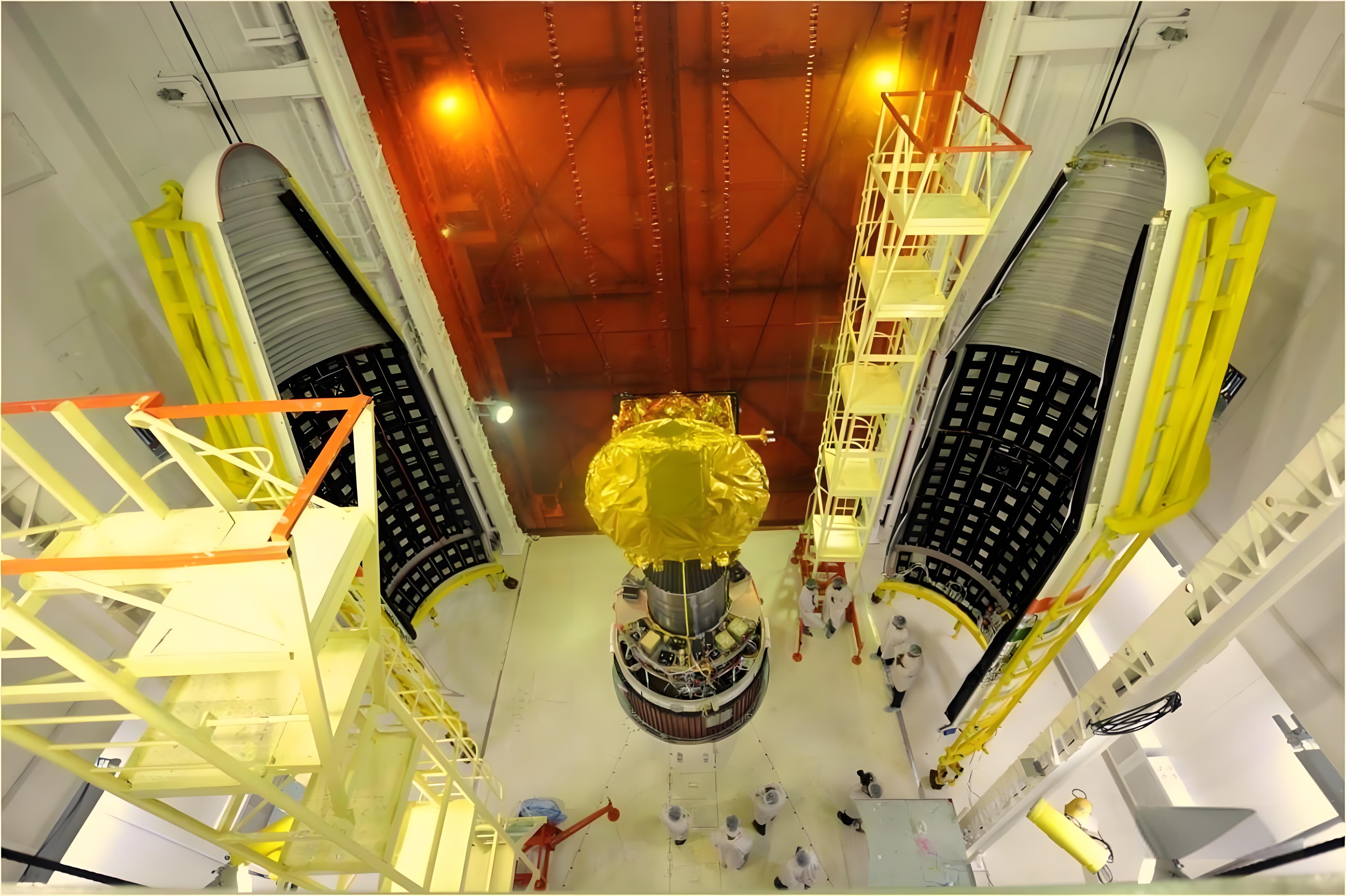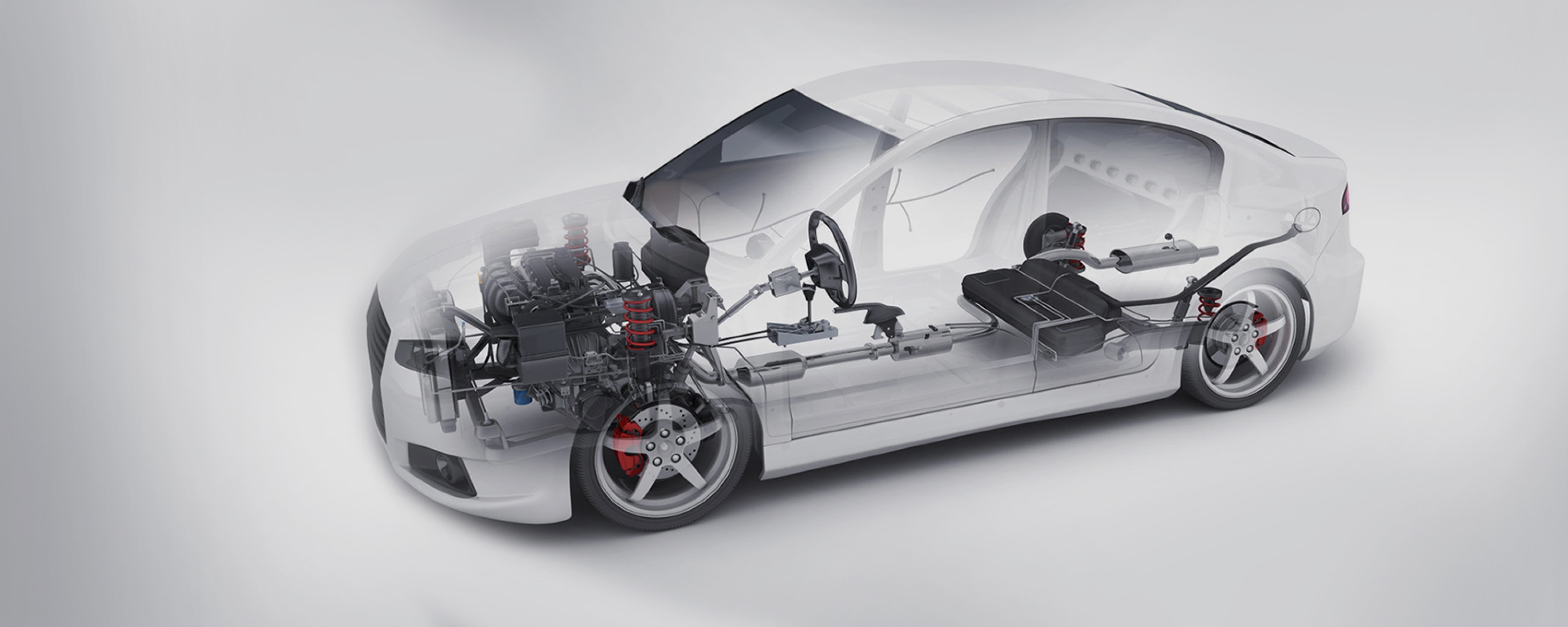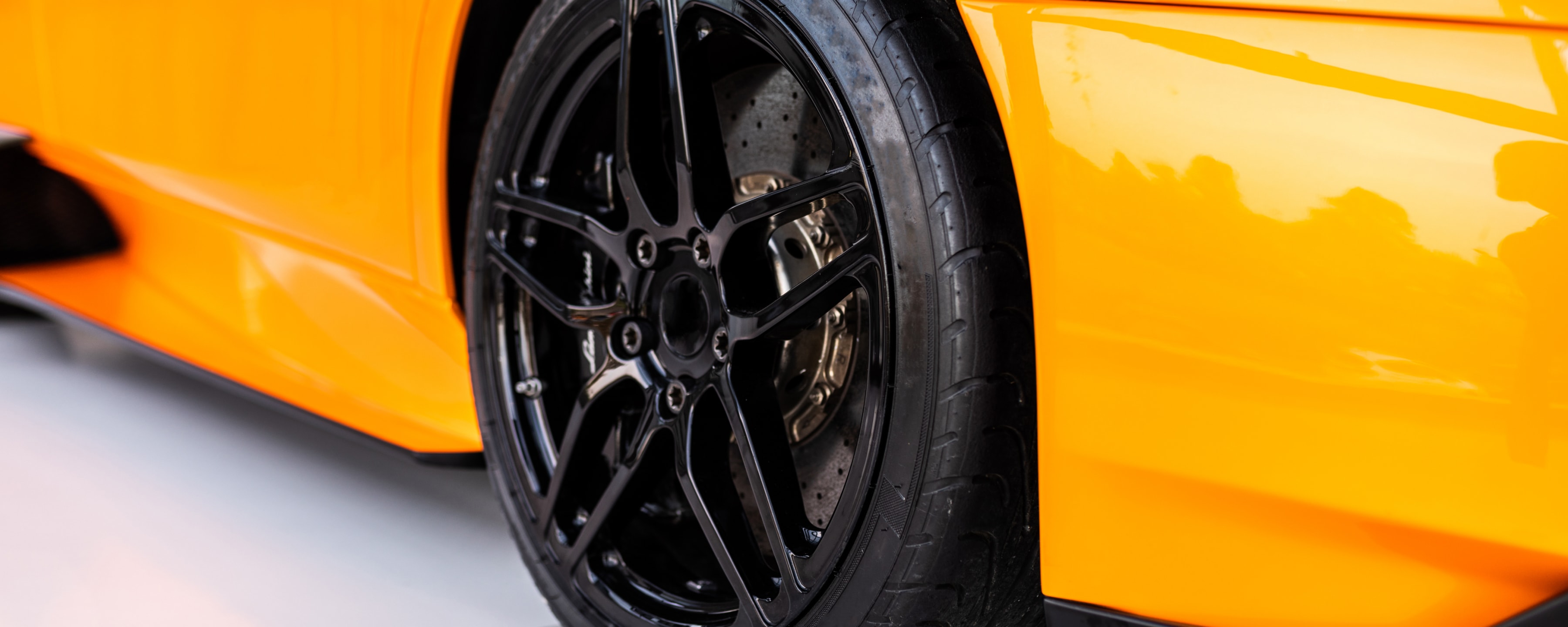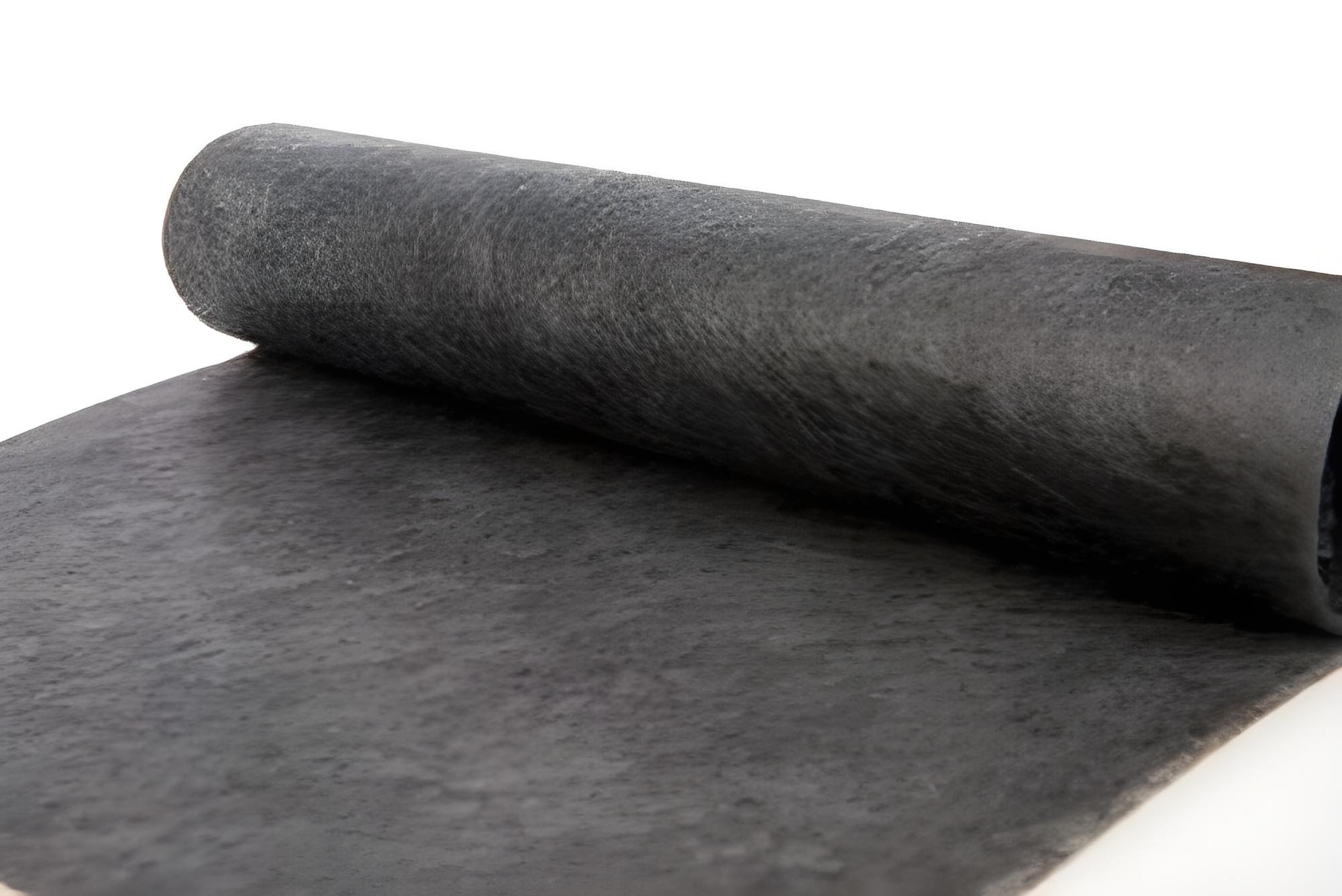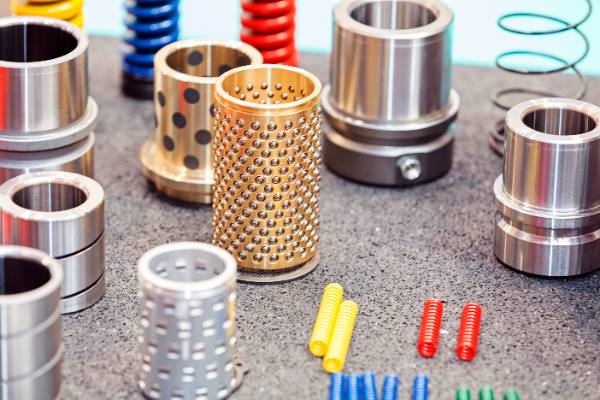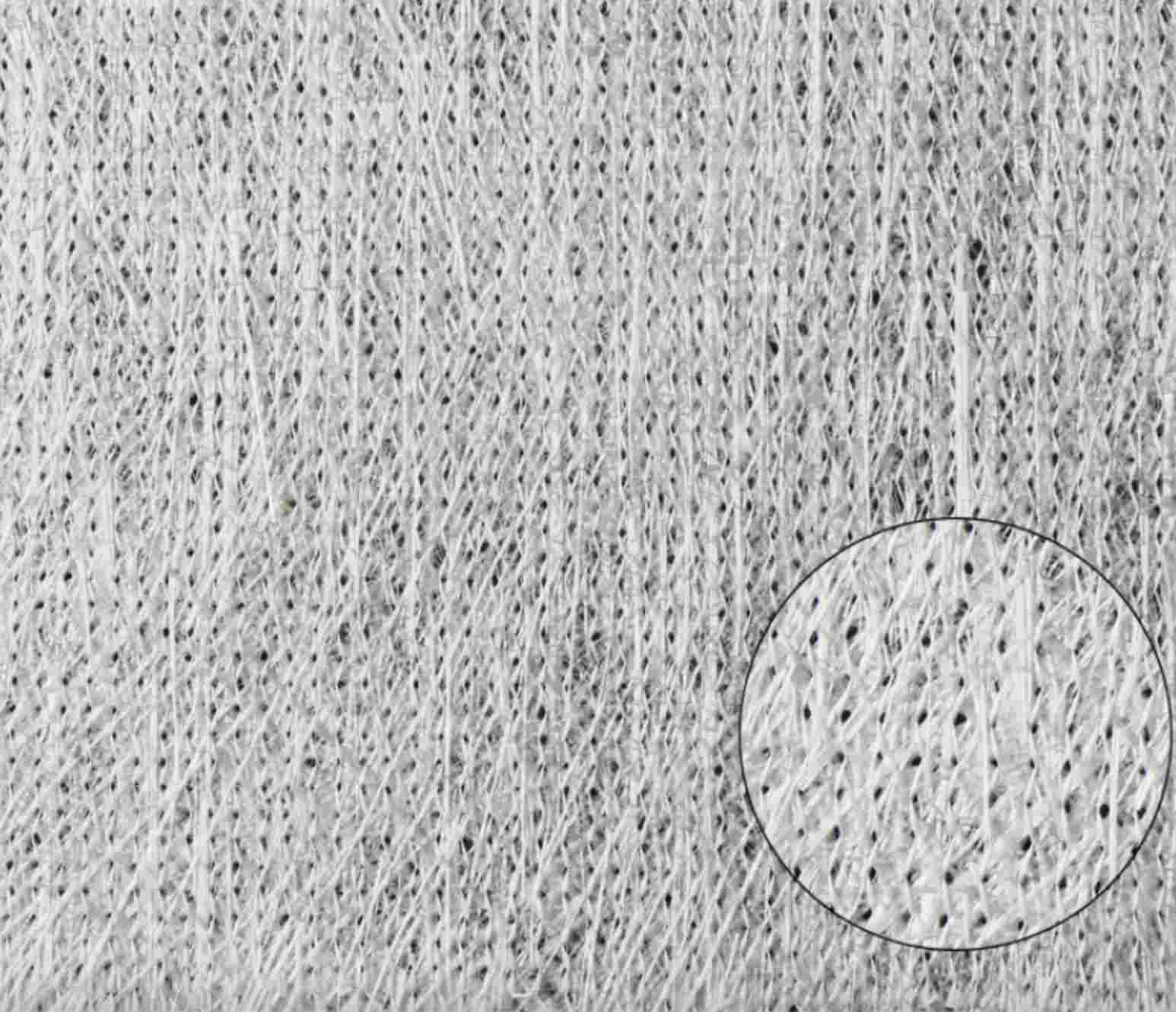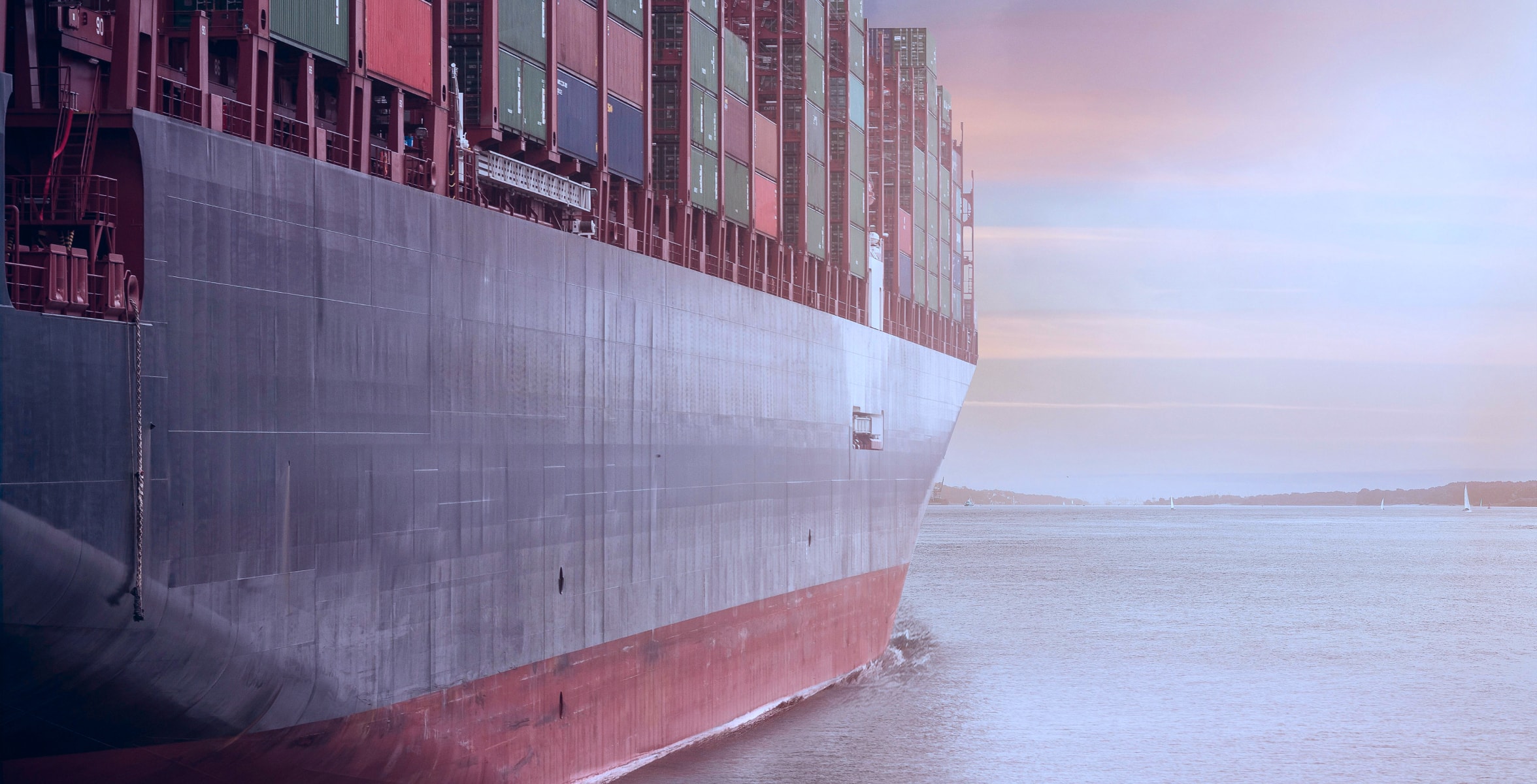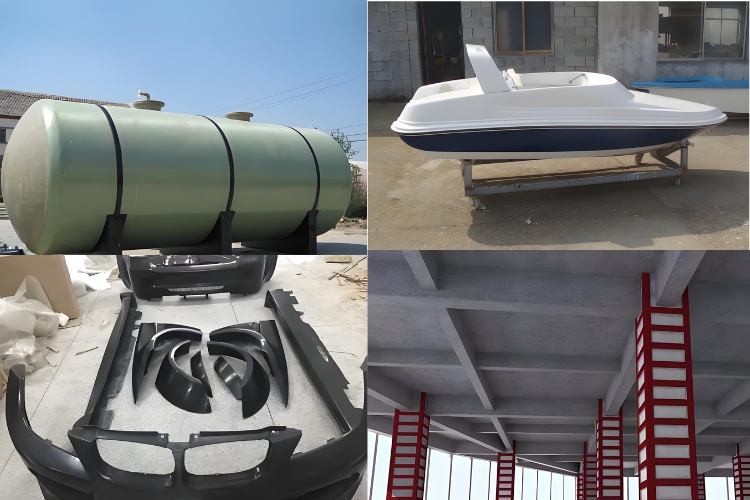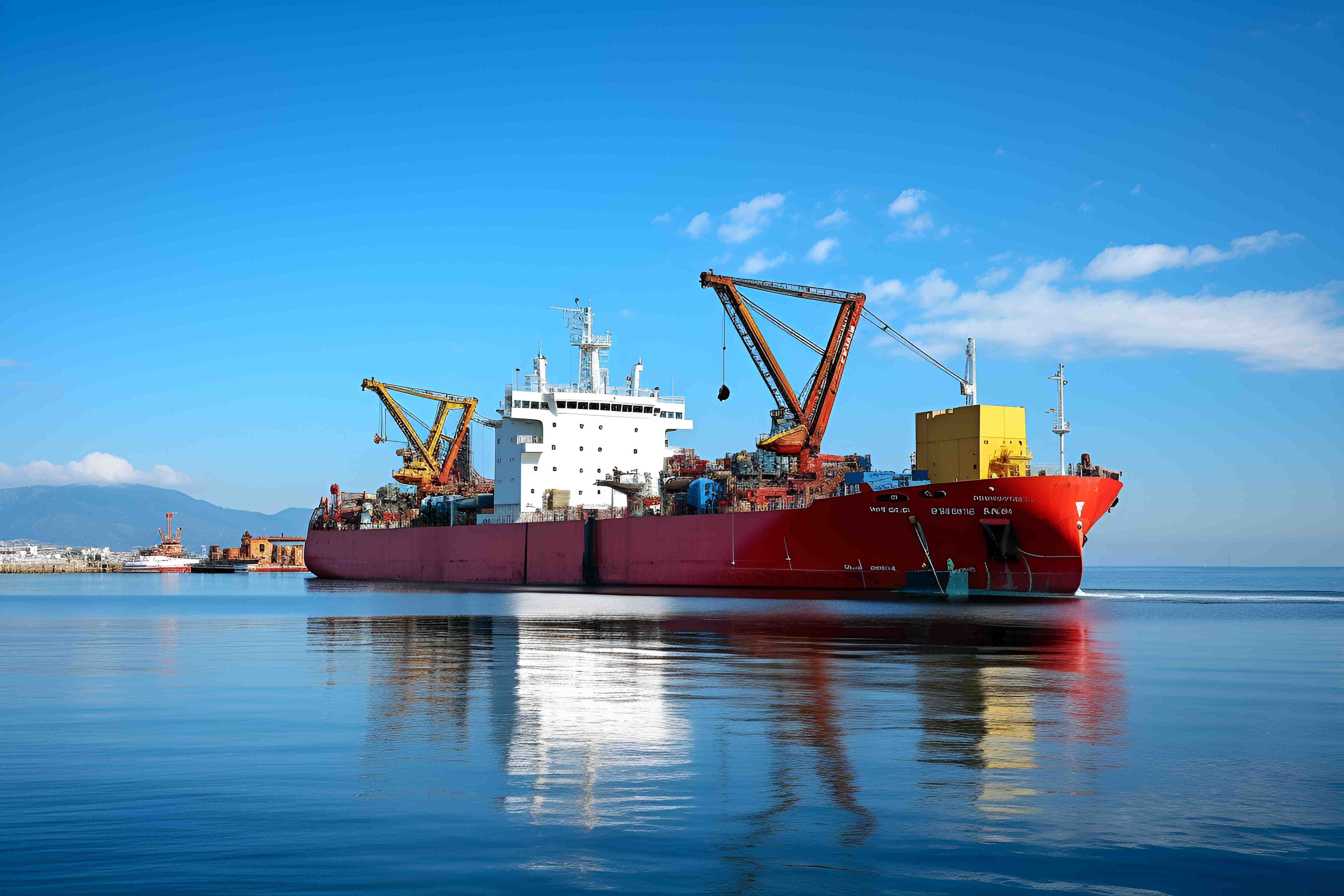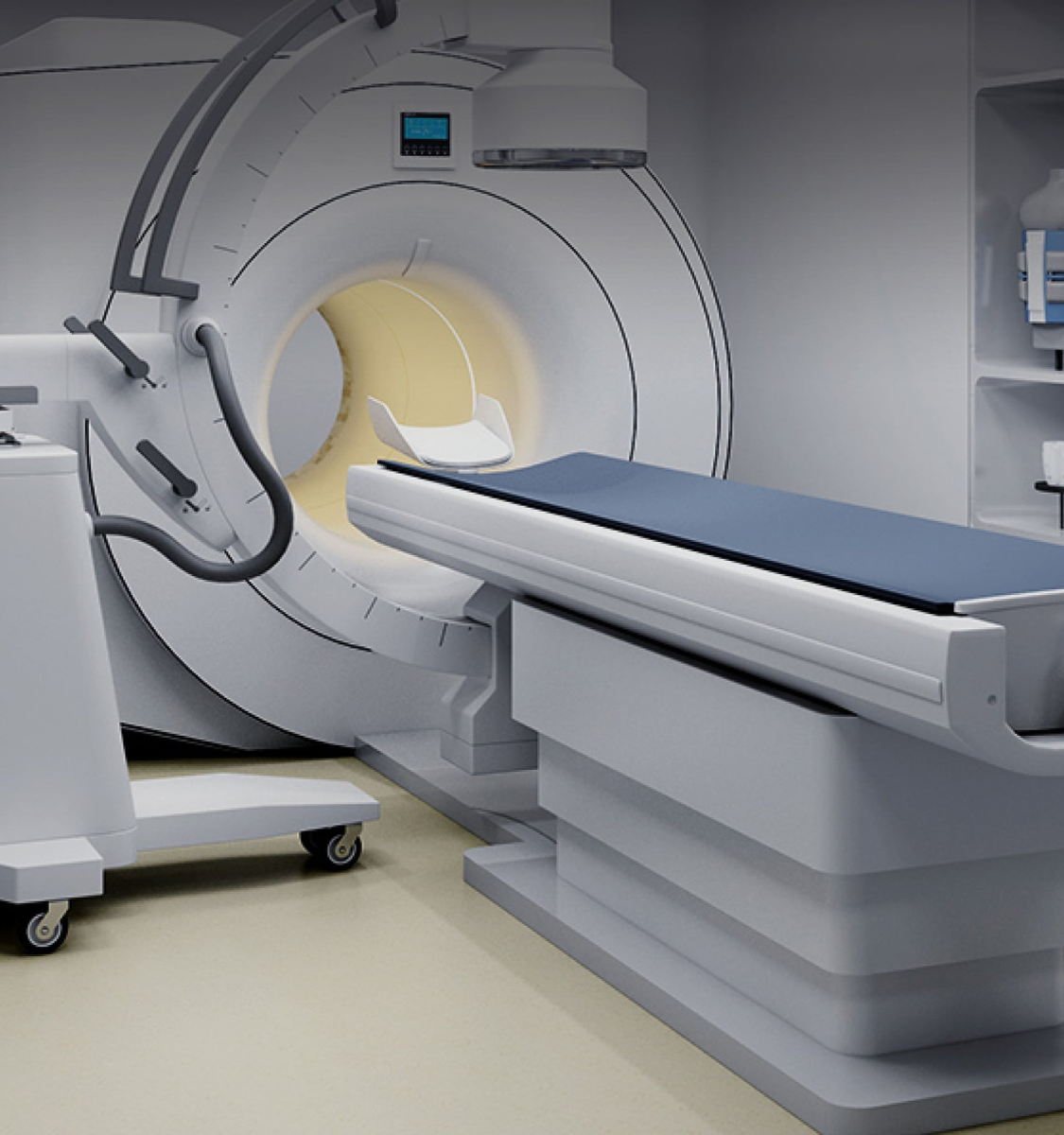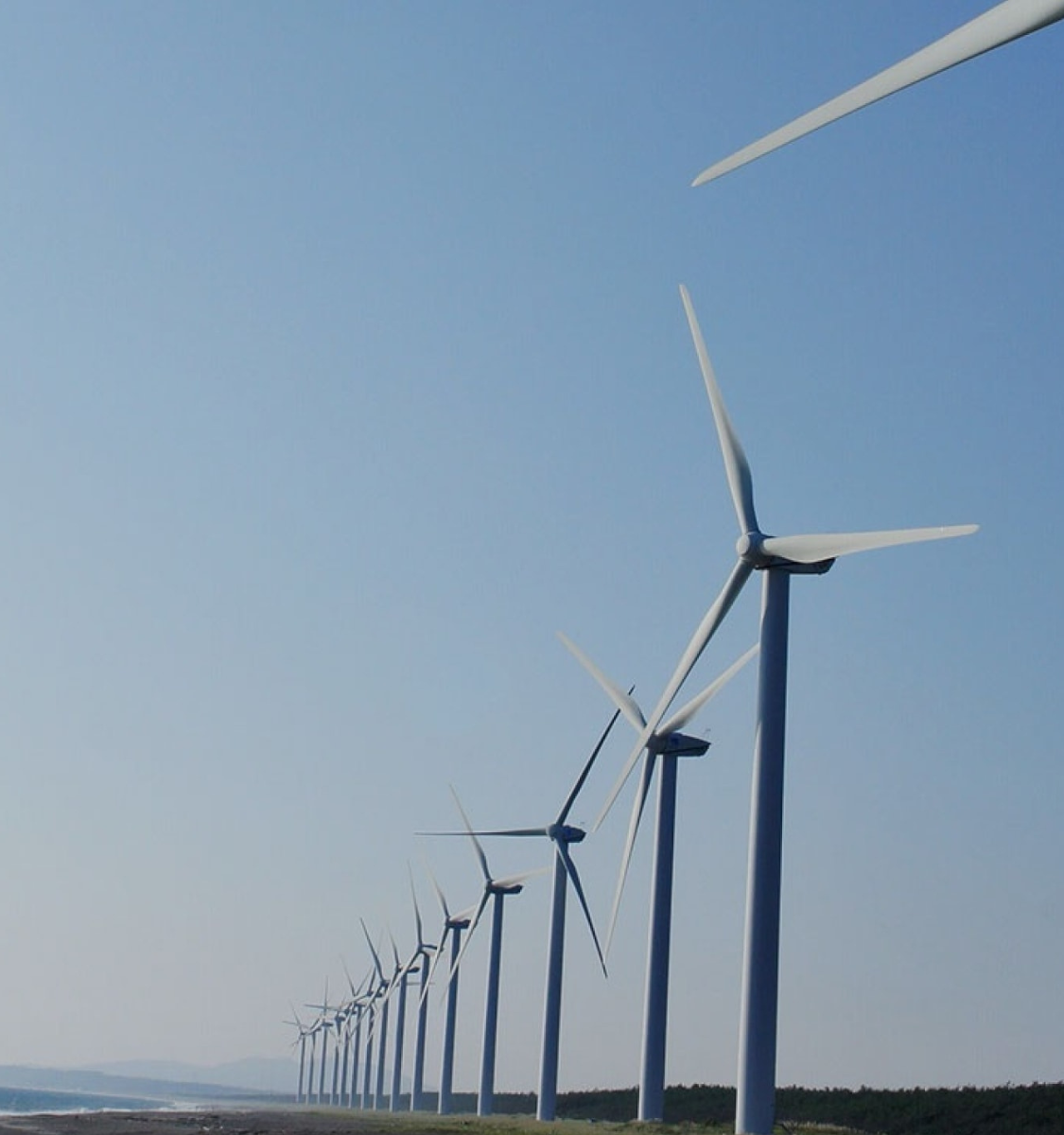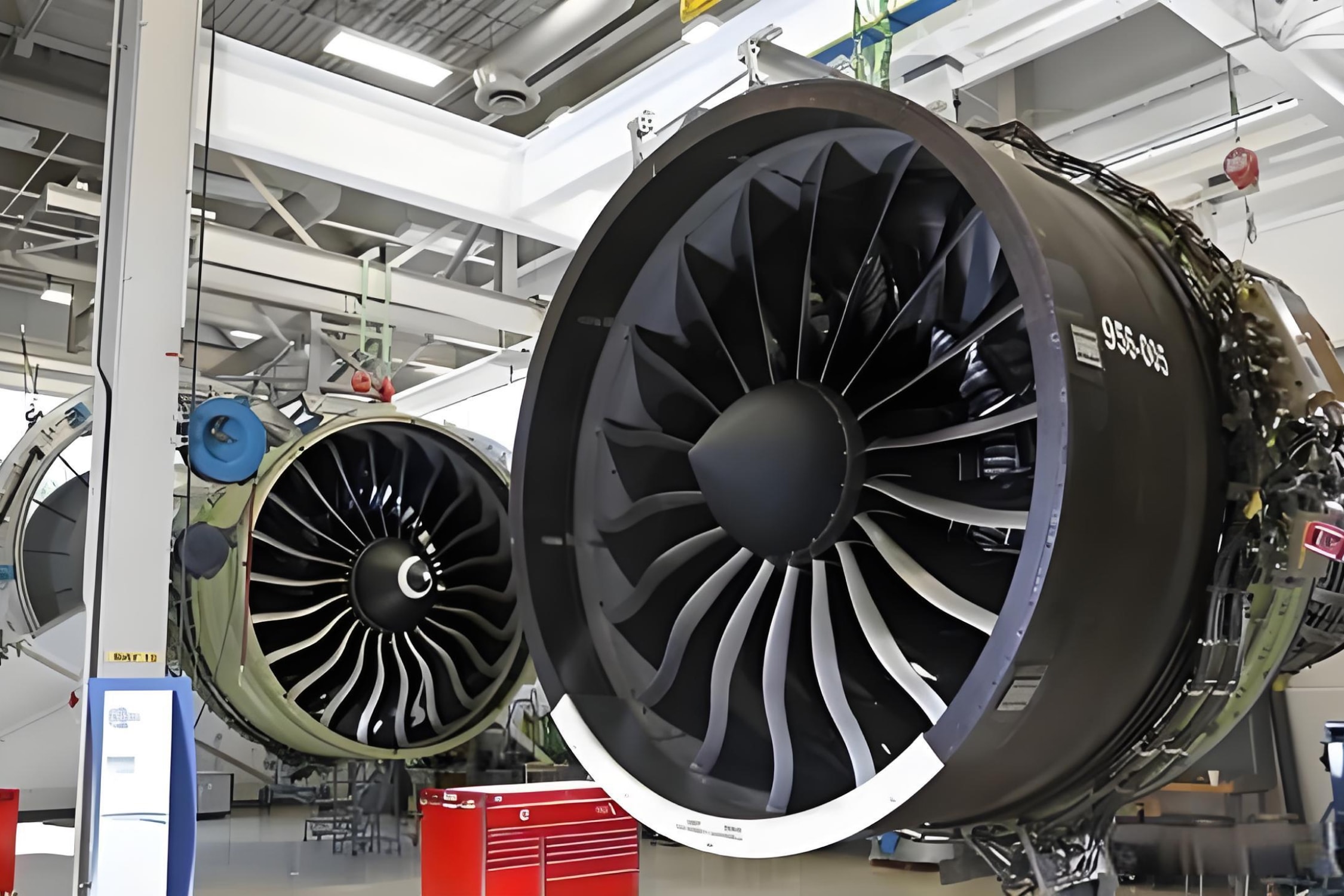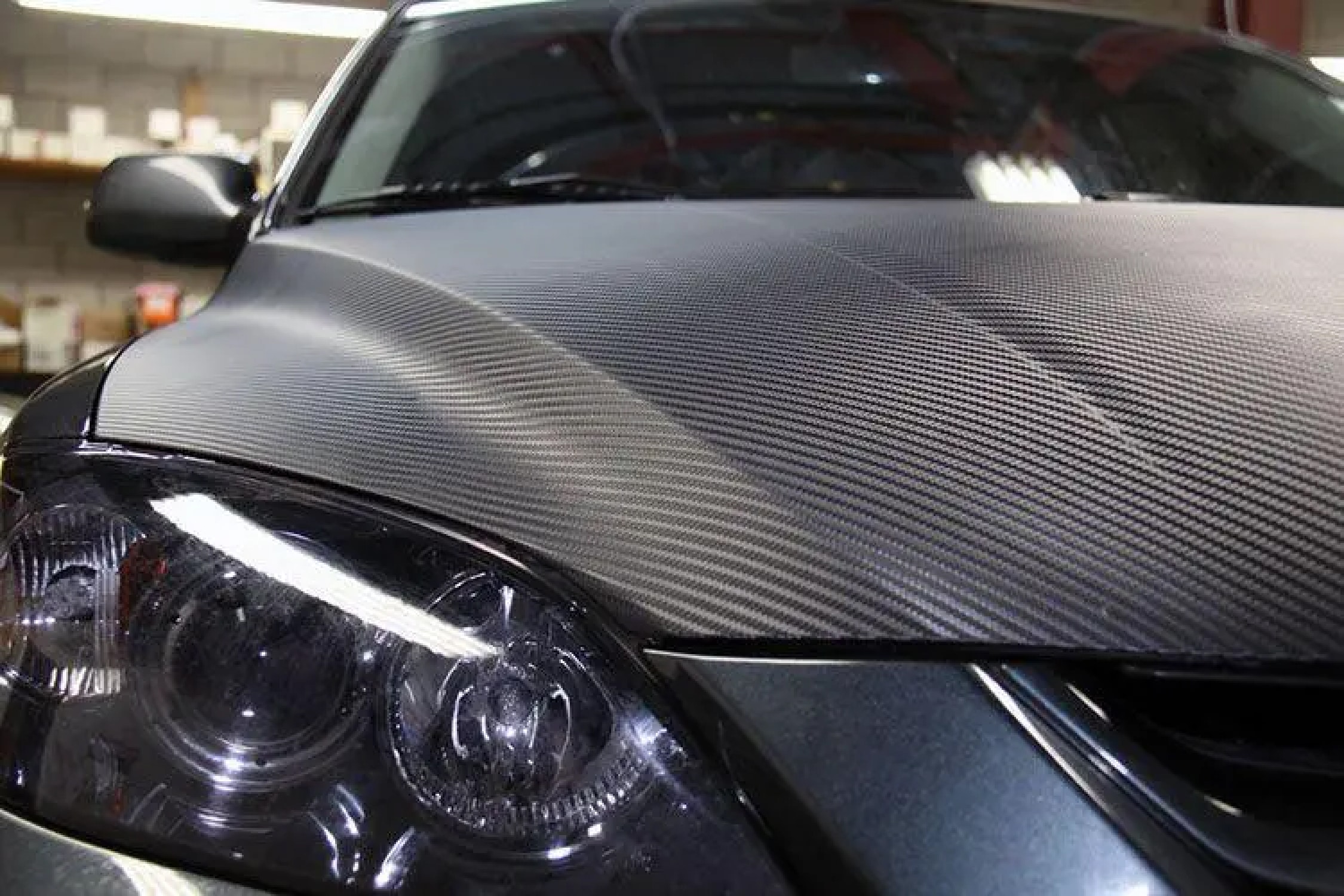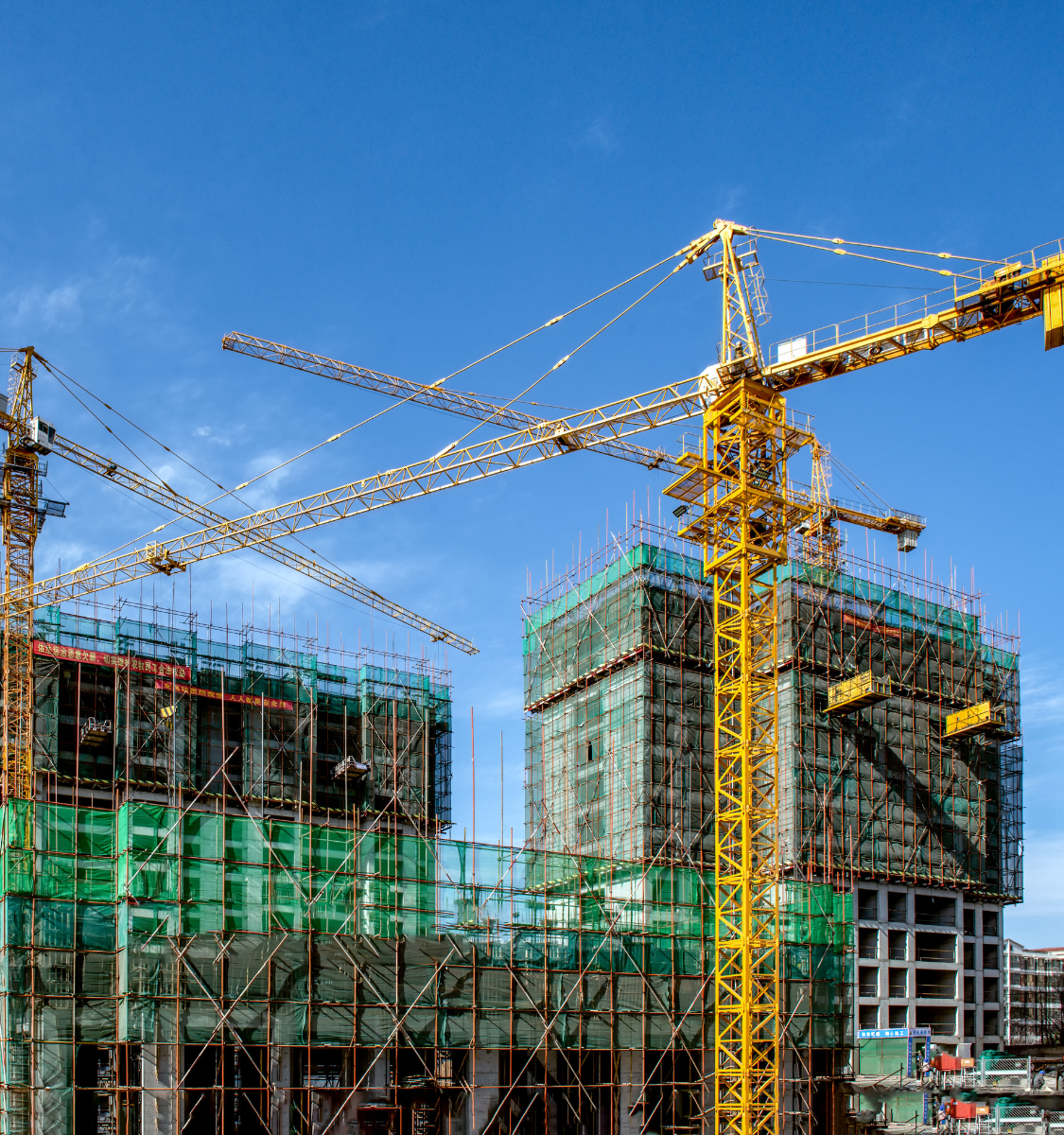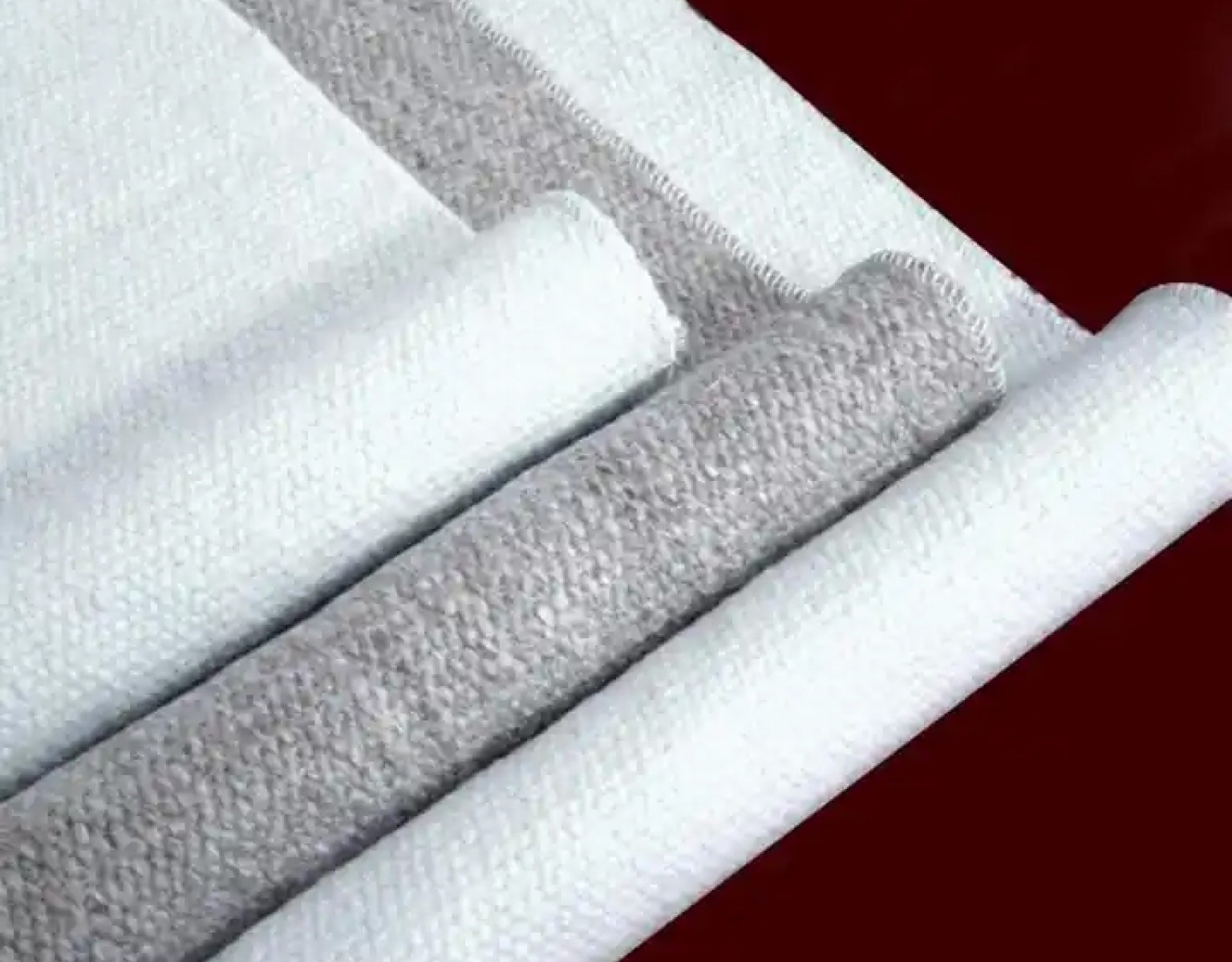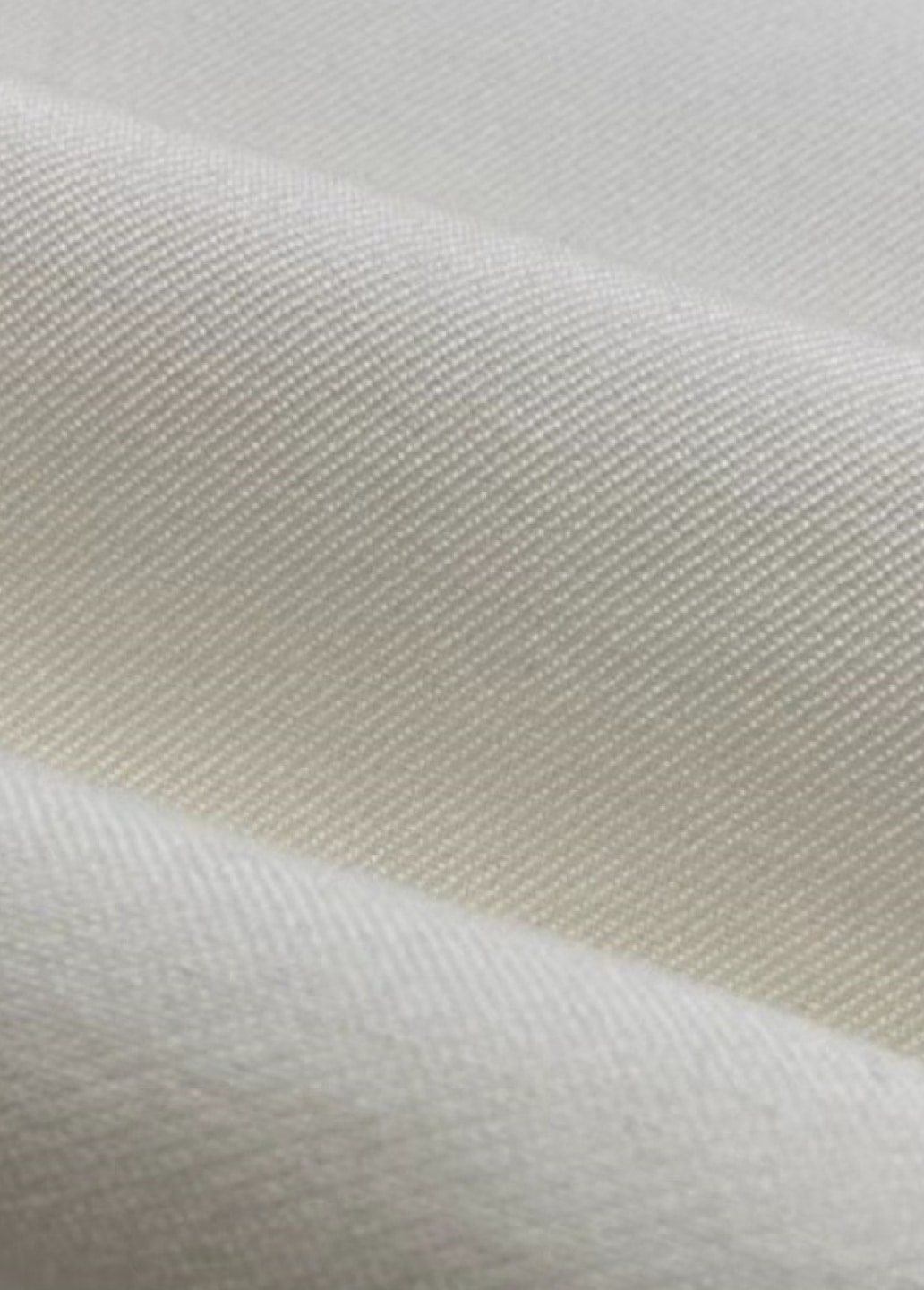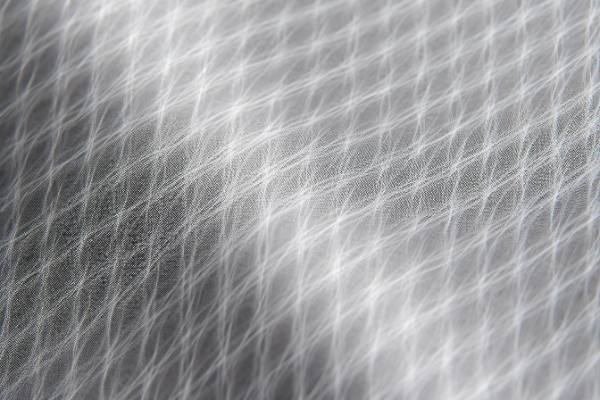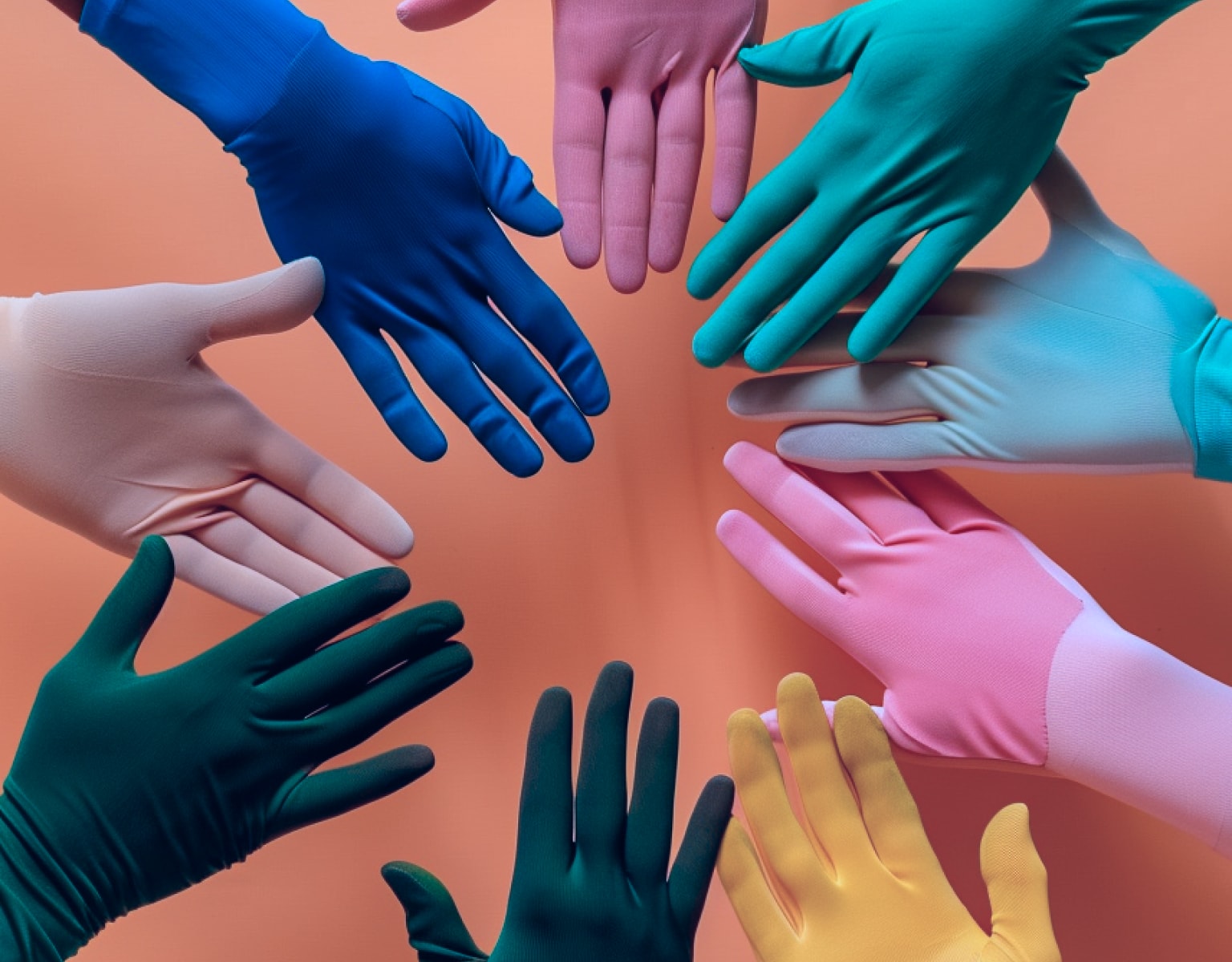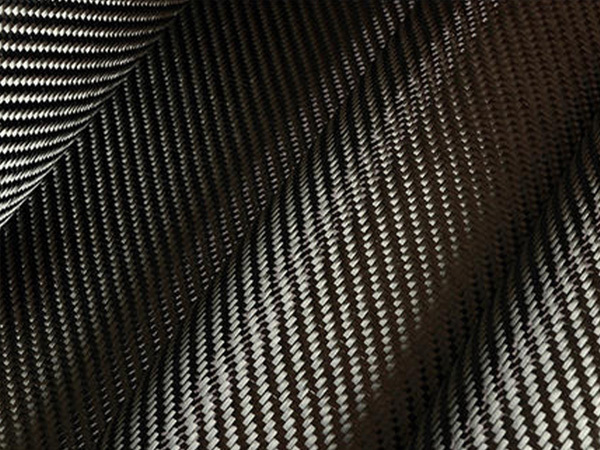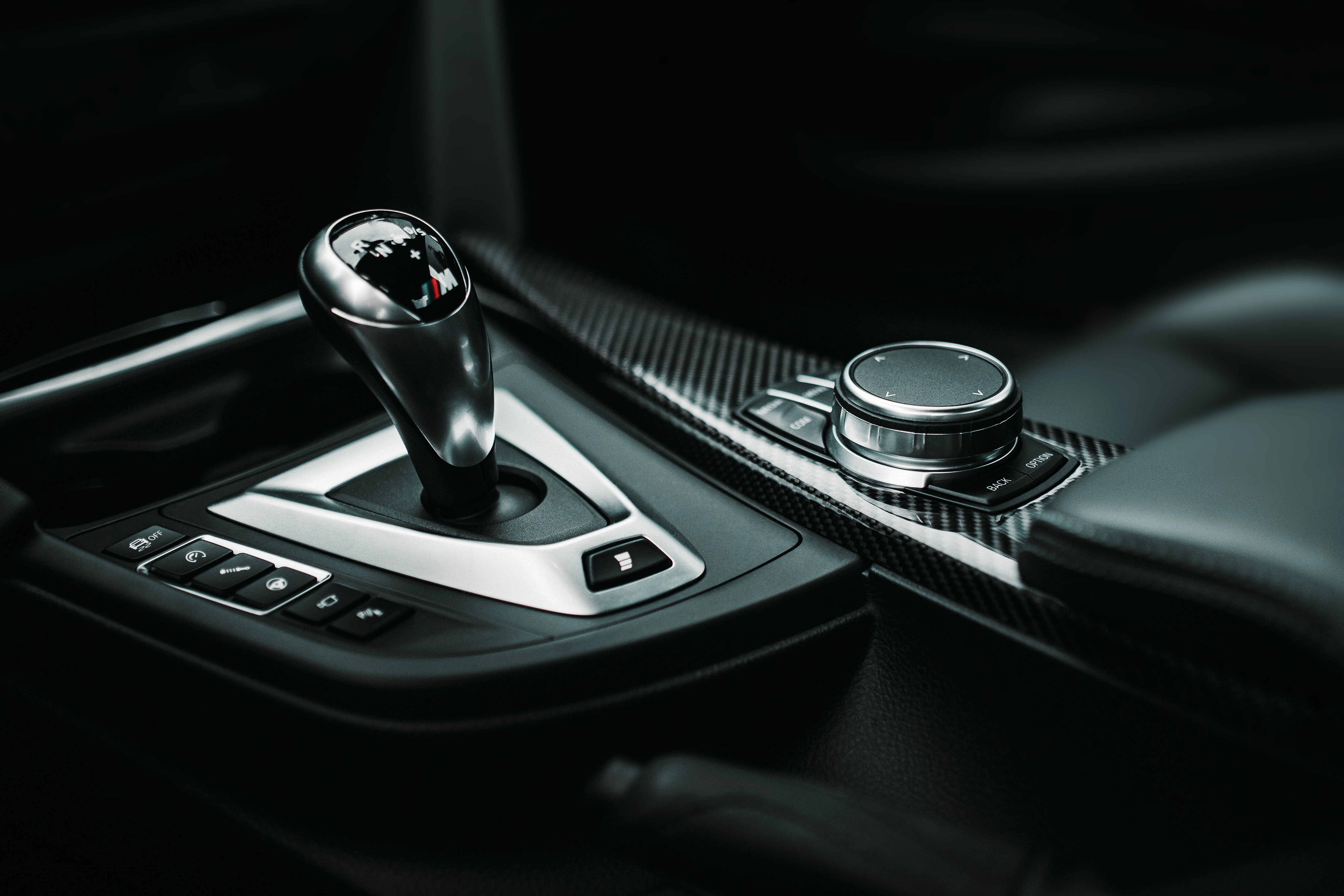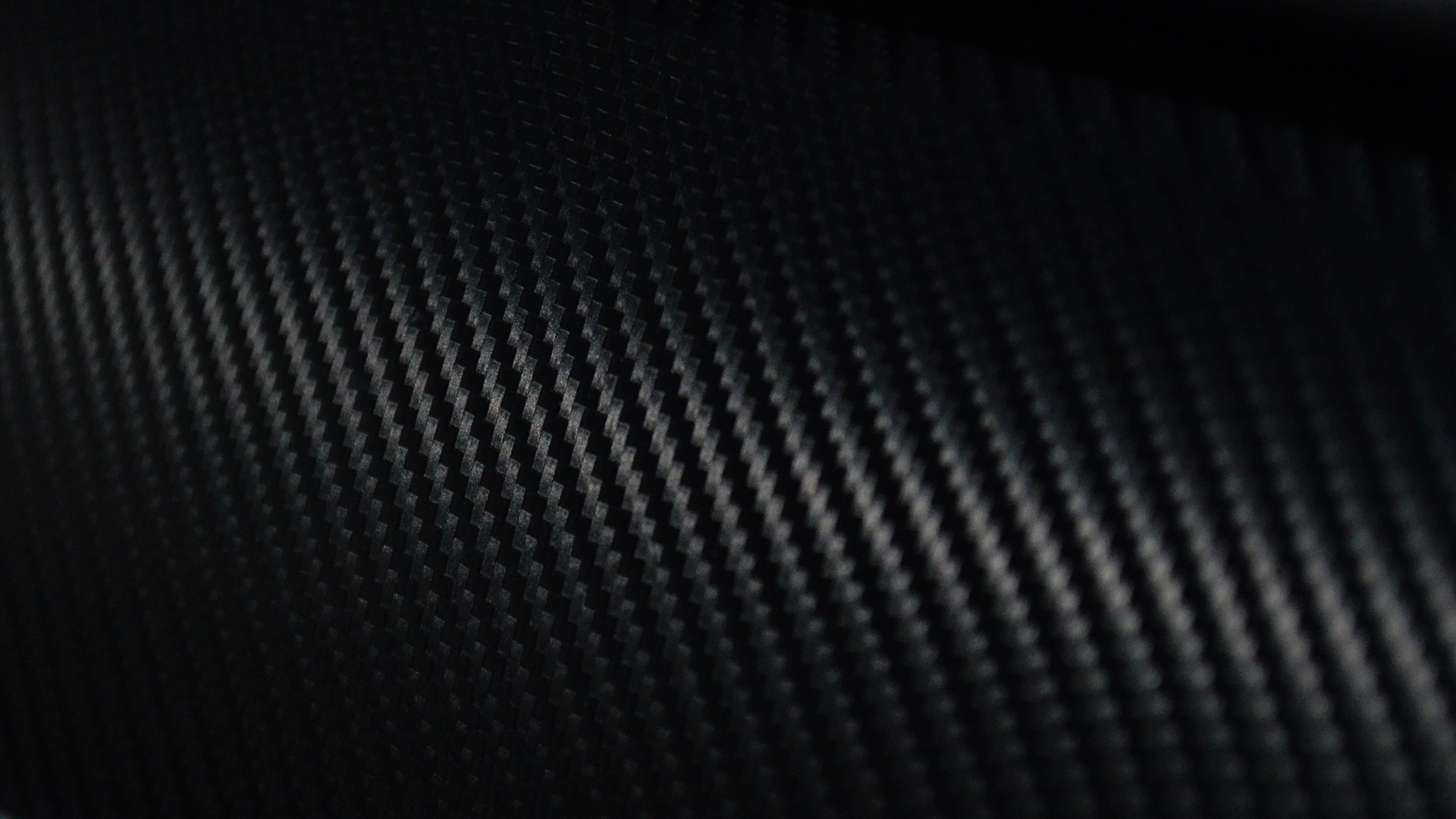+86-13732282311
merlin@xcellentcomposites.com
Let the world benefit from composite materials!
Composite Materials for Military

Composite Materials for Military
Carbon fiber military applications include lightweight armor, drones, and vehicle components for enhanced strength and mobility. Fiberglass military uses range from ballistic protection to durable, corrosion-resistant equipment. Aramid fiber applications are crucial in body armor, helmets, and aerospace due to their high impact resistance and heat tolerance.
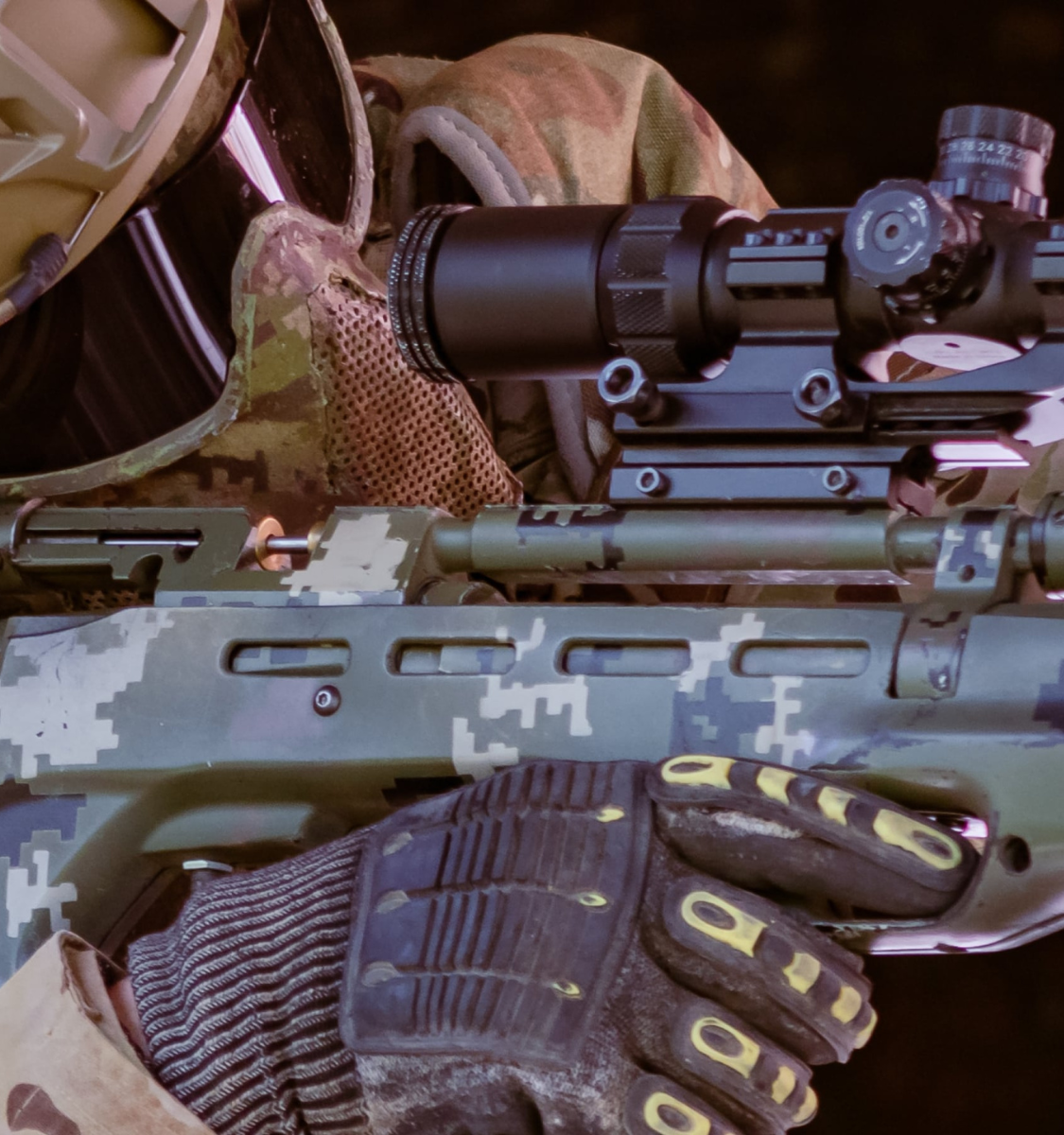
Composite Materials for Military
Carbon fiber military applications include lightweight armor, drones, and vehicle components for enhanced strength and mobility. Fiberglass military uses range from ballistic protection to durable, corrosion-resistant equipment. Aramid fiber applications are crucial in body armor, helmets, and aerospace due to their high impact resistance and heat tolerance.
Military
Military
Due to its high tensile and compressive strength, as well as a density only 70% that of aluminum, fiberglass composite materials (fiberglass) find extensive application in armored protection. Compared to steel, fiberglass composite armor plates exhibit superior elasticity but are denser and more brittle. By blending with other high-performance fibers, their elasticity can be further enhanced.
Due to its high tensile and compressive strength, as well as a density only 70% that of aluminum, fiberglass composite materials (fiberglass) find extensive application in armored protection. Compared to steel, fiberglass composite armor plates exhibit superior elasticity but are denser and more brittle. By blending with other high-performance fibers, their elasticity can be further enhanced.
Aramid Fiber composite materials (AF), also known as Kevlar fiber, characterized by low density, high tensile strength, fire resistance, and impact resistance, are employed in military armored vehicles and bulletproof cockpits. Aramid laminate sheets are also utilized in the production of bulletproof vests and helmets.
Ultra-High Molecular Weight Polyethylene fiber composite materials (UHMWPE), distinguished by their low density, high strength, abrasion resistance, and chemical stability, represent the third generation of high-performance anti-elastic fibers. UHMWPE composite materials exhibit approximately 25% higher elasticity than aramid, and are 30% to 40% lighter than ceramic/AF composite materials. They retain about 70% of their strength after 18 months of outdoor exposure, whereas AF retains only 30%.
Aramid Fiber composite materials (AF), also known as Kevlar fiber, characterized by low density, high tensile strength, fire resistance, and impact resistance, are employed in military armored vehicles and bulletproof cockpits. Aramid laminate sheets are also utilized in the production of bulletproof vests and helmets.
Ultra-High Molecular Weight Polyethylene fiber composite materials (UHMWPE), distinguished by their low density, high strength, abrasion resistance, and chemical stability, represent the third generation of high-performance anti-elastic fibers. UHMWPE composite materials exhibit approximately 25% higher elasticity than aramid, and are 30% to 40% lighter than ceramic/AF composite materials. They retain about 70% of their strength after 18 months of outdoor exposure, whereas AF retains only 30%.
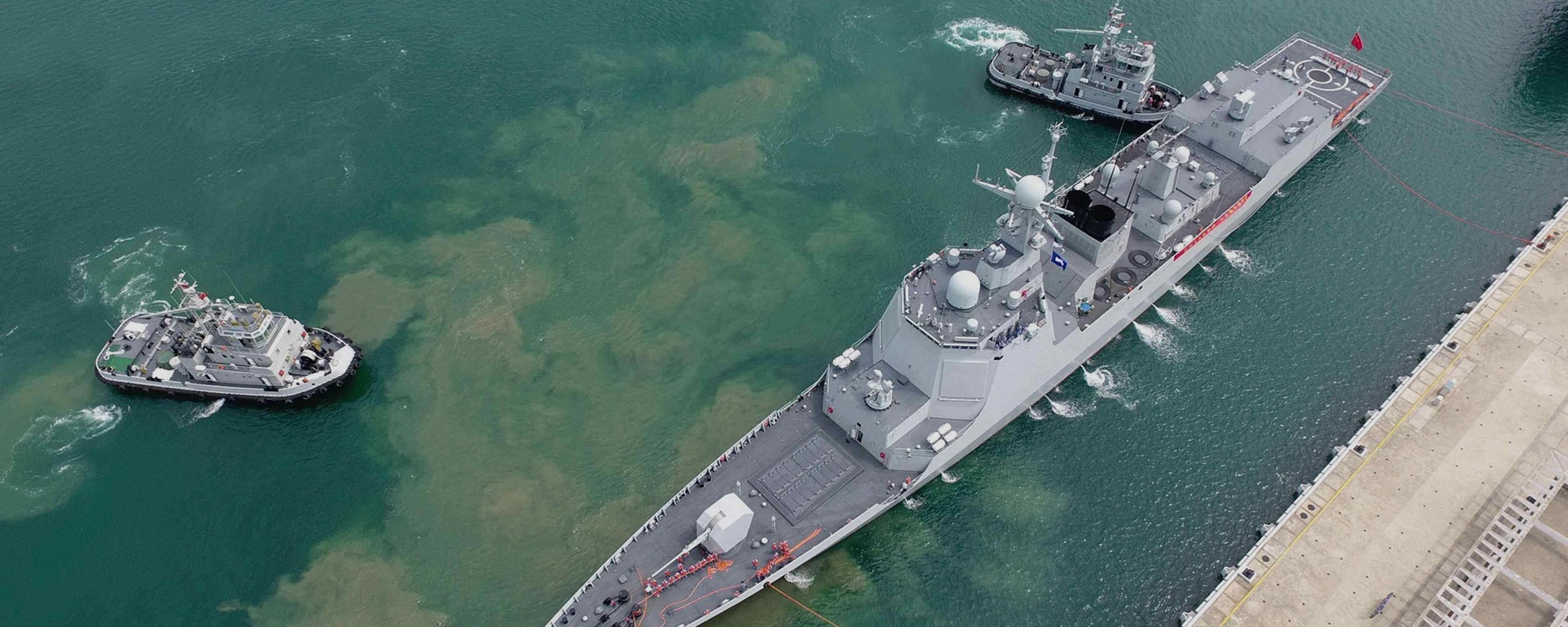

Novel carbon fibers possess unique applications in the military domain, such as in bulletproof and stab-proof suits. Bulletproof vests made from carbon nanotube fibers are stronger, lighter, and more durable. Carbon fiber is also utilized in the production of electromagnetic radiation protection suits, delivering electromagnetic shielding through specialized processing techniques.
In military aircraft manufacturing, carbon fiber is widely employed due to its highest specific strength and moduli, with a quarter of the F22 fighter jet's fuselage being crafted from carbon fiber composite materials. It is also utilized in components like rocket engine covers and missile warheads, capable of withstanding temperatures up to 3000°C, thus enhancing the range and precision of rockets. Furthermore, carbon fiber composite materials are utilized in solid rocket motor casings of missiles, augmenting their range and accuracy.
Carbon fiber bombs, also known as soft bombs or graphite bombs, disrupt power systems and electronic devices by causing electrical short circuits. Their deployment by the U.S. military in the Iraq War directly impacted the battlefield's power infrastructure.
Novel carbon fibers possess unique applications in the military domain, such as in bulletproof and stab-proof suits. Bulletproof vests made from carbon nanotube fibers are stronger, lighter, and more durable. Carbon fiber is also utilized in the production of electromagnetic radiation protection suits, delivering electromagnetic shielding through specialized processing techniques.
In military aircraft manufacturing, carbon fiber is widely employed due to its highest specific strength and moduli, with a quarter of the F22 fighter jet's fuselage being crafted from carbon fiber composite materials. It is also utilized in components like rocket engine covers and missile warheads, capable of withstanding temperatures up to 3000°C, thus enhancing the range and precision of rockets. Furthermore, carbon fiber composite materials are utilized in solid rocket motor casings of missiles, augmenting their range and accuracy.
Carbon fiber bombs, also known as soft bombs or graphite bombs, disrupt power systems and electronic devices by causing electrical short circuits. Their deployment by the U.S. military in the Iraq War directly impacted the battlefield's power infrastructure.

Get In Touch With Us!
To know more about our composite products and solutions, contact our experts! Here is how you can reach us.

Get In Touch With Us!
To know more about our composite products and solutions, contact our experts! Here is how you can reach us.
Popular Composite Materials
Popular Composite Materials
Related Composite Materials Industries
Related Composite Materials Industries
Composites Knowledge Hub
Composites Knowledge Hub

